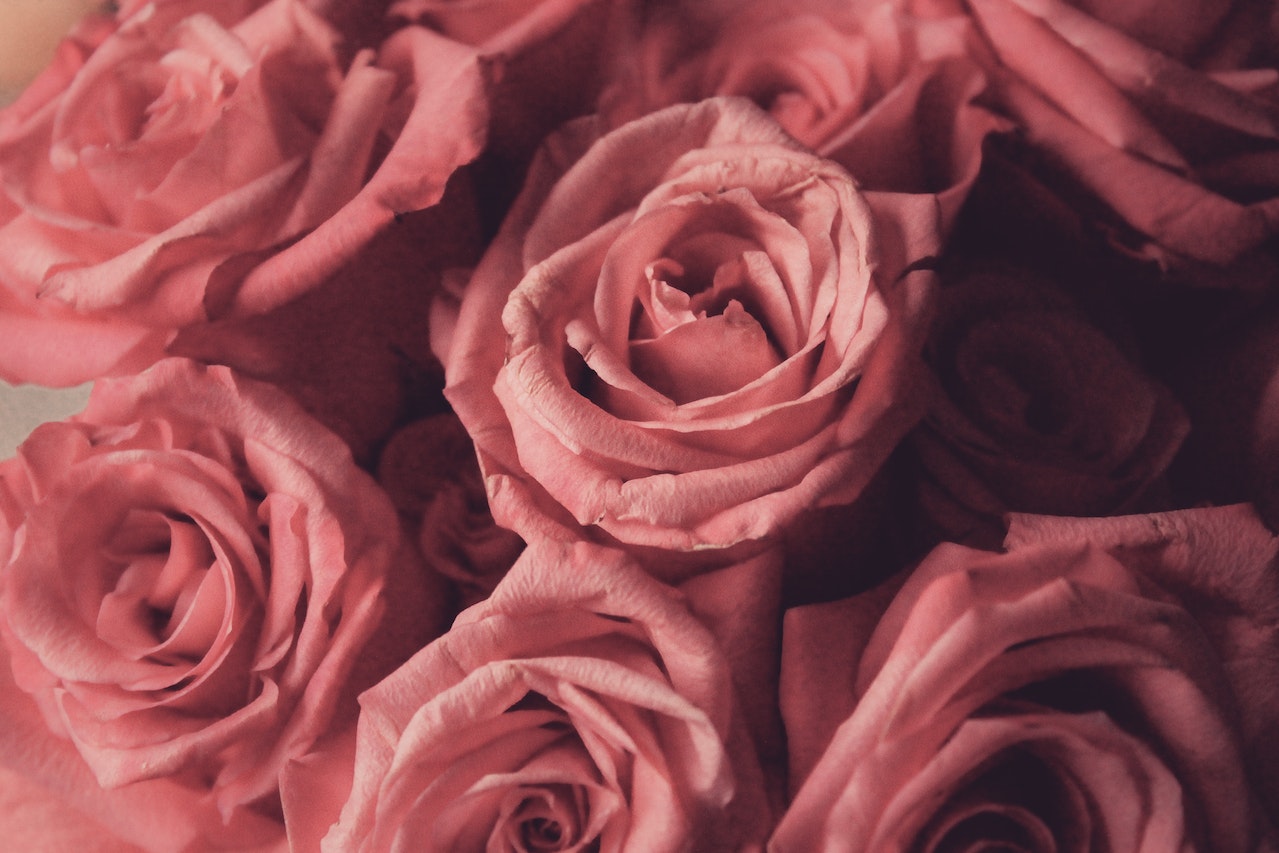Roses: Unveiling The Secrets Behind The World’s Most Iconic Flower
Ah, roses. From romantic gestures to poignant farewells, the rose has firmly rooted itself in our hearts as the emblem of emotion, celebration, and beauty. But beyond their alluring fragrance and mesmerizing hues, these flowers hold a treasure trove of secrets.
Let’s embark on a journey of discovery, unwinding the tapestry of stories, facts, and surprises the rose has delicately woven through time.
Contents
1. A Petal In Time: The Ancient History Of Roses
Delving deep into the annals of history, the rose has always been more than just a pretty face. Ancient civilizations like the Greeks, Romans, and Pharaohs regarded them as symbols of love and beauty. While roses decorated the grandest palaces and temples, they also served medicinal and culinary purposes.
Imagine, in the grand feasts of yore, not only was a rose a part of the holiday bouquet adorning the center table, but its petals and hips also flavored the dishes and drinks, leaving guests in awe of its versatility.
2. Color Me This: The Symbolism Of Rose Hues
Each shade of rose unfurls a unique tale:
- Red symbolizes love and respect.
- White stands for innocence and purity.
- Yellow conveys friendship and joy.
- Pink speaks of appreciation and gratitude.
- Orange signals enthusiasm and fascination.
- Blue and Black roses, though not naturally occurring, represent the mysterious and the elusive.
So, the next time you’re choosing a rose, pick a hue that tells your tale!
3. The Rose Genome: More Complex Than You Think
Surprisingly, the genome of the rose is more intricate than ours! With approximately 36,000 genes (humans have about 20,000-25,000), these flowers are genetic marvels. This vast genetic pool allows breeders to produce a staggering variety of roses with different colors, patterns, fragrances, and sizes.
4. Every Thorn Has Its Rose: Protection Mechanism
Thorns, technically called ‘prickles’, are essentially the rose’s self-defense mechanism. They deter herbivores and safeguard the plant. Interestingly, these thorns also aid the rose in climbing and seeking sunlight when growing amongst other plants.
5. World Travelers: The Journey Of Cultivation
The rose isn’t native to just one corner of the world. Its cultivation began nearly 5,000 years ago in China. Through trade routes and passionate gardeners, it journeyed westward, making its mark in the Middle East, Africa, and Europe. Today, roses bloom in gardens from the chilly climes of Alaska to the tropical terrains of Africa.
6. Essential Elixirs: Rose Oil And Its Magic
One of the most prized essential oils in the world, rose oil, is extracted from the Damask rose. It takes about 60,000 roses to produce just one ounce of this oil. Revered for its therapeutic properties, it’s a staple in luxury skincare and aromatherapy, offering benefits like hydration, anti-inflammation, and stress relief.
7. The Golden Bloom: The World’s Most Expensive Rose
The Juliet rose, often dubbed the “$5 million rose”, took famed rose breeder David Austin 15 years to cultivate. Its peachy-apricot hue, delicate petals, and enchanting scent make it a sought-after luxury. While most of us may never lay hands on this precious bloom, its very existence speaks to the endless possibilities within the world of roses.
8. Beyond Beauty: The Nutritional Value Of Rose Hips
Rose hips, the fruit of the rose plant, are a nutritional powerhouse. Packed with vitamin C, they have been used for centuries in teas, jams, and remedies. In fact, during World War II, when citrus fruits were scarce in Britain, rose hip syrup became a popular vitamin C supplement for children.
9. Record Holders: Roses In The Guinness World Records
The rose has its own page in the record books. The world’s tallest rose bush reaches a staggering height of over 18 feet. And the title for the longest living rose goes to the one on the wall of the Hildesheim Cathedral in Germany. Believe it or not, it’s been there for over 1,000 years!
10. A Universe Of Roses: Starry Connections
Even the vast universe can’t escape the charm of roses. There’s a nebula, named the ‘Roses Nebula’, which with a bit of imagination, looks like a blooming rose amidst the stars. This celestial rose, located thousands of light-years away, serves as a poetic reminder of the flower’s universal appeal.
Conclusion
From ancient history to starry galaxies, the rose traverses time, space, and imagination. It’s not just a flower; it’s a symbol, a remedy, a delicacy, an art form, and so much more. As we’ve journeyed through these revelations, it becomes evident that the world’s most iconic flower, the rose, isn’t merely to be admired from a distance but to be understood, cherished, and celebrated in all its multifaceted glory.
So, the next time you hold a rose, remember, you’re holding a universe of secrets in your hand.

